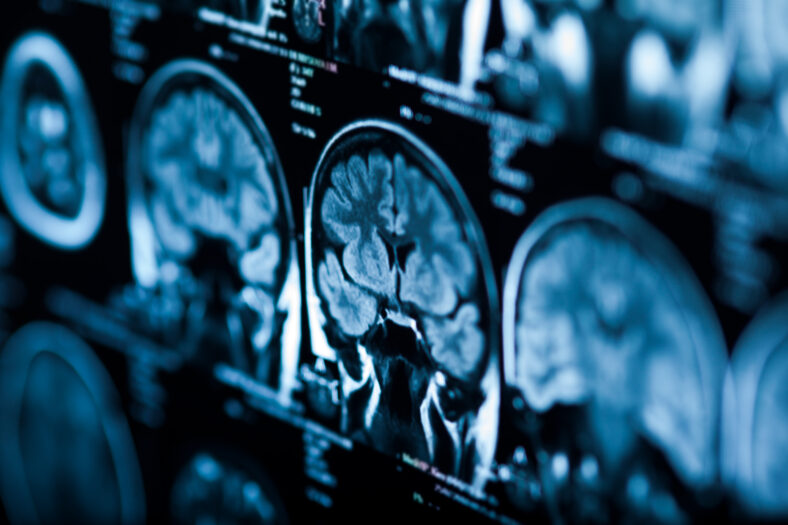Some Cases Of Schizophrenia Come Down To Skull Malformations, According To This Study

In 2022, the World Health Organization (WHO) stated that schizophrenia affects about 24 million people worldwide, and one single cause of mental illness hasn’t been pinpointed. Rather, it’s thought to be the result of an interaction between genes and a variety of environmental factors.
Now, a new study published in Nature Communications suggests some schizophrenia cases may actually be caused by skull malformations.
The researchers examined a genetic condition known as 22q11.2 deletion syndrome. Humans usually have 23 pairs of chromosomes, inheriting one copy of chromosome 22 from each parent. But, with 22q11.2 deletion syndrome, a small section of one copy of chromosome 22 is missing.
Occurring in approximately 1 in 2,150 live births, this syndrome can impact various parts of the body. It may lead to immune system issues, heart defects, developmental delays, and cleft palate.
Research also indicates that individuals with the syndrome have a 25% to 30% likelihood of developing schizophrenia during their teenage years or early adulthood.
The latest study indicates this increased risk of schizophrenia might be linked to skull malformations that limit the development of certain brain regions. One specific gene called Tbx1 is associated with the malformations.
“What is interesting about Tbx1 is that it is not very well expressed in the brain, especially adolescent or adult brain,” detailed Dr. Stanislav Zakharenko, the study’s co-author.
“Rather, it’s expressed in the surrounding tissues, namely bone, cartilage, and vascular tissues. It is very unlikely that Tbx1 directly affects the brain at all.”
The team studied lab mice both with and without the 22q11.2 deletion to identify Tbx1. In the affected mice, abnormalities were observed in the cerebellum, a brain region responsible for movement coordination, posture, and learning new skills. Specifically, mice with the deletion had two cerebellum lobes that were approximately 70% smaller.

Sign up for Chip Chick’s newsletter and get stories like this delivered to your inbox.
The study revealed the reduced size made it harder for mice to perform tasks that necessitated learning movements.
This challenge was linked to problems with a mechanism that stabilizes the visual field during head movements, known as the vestibulo-ocular reflex (VOR).
It’s important to note that, among humans, disruptions in visual stabilization can hinder facial recognition. Moreover, both facial recognition and VOR issues are frequently associated with schizophrenia.
However, while the researchers observed these changes in mice, they found nothing peculiar about the cellular composition or development of the undersized cerebellum lobes. Instead, they discovered that the skull bone surrounding this part of the brain was actually malformed.
Normally, the cerebellum grows into a deep, protective “pocket” within the skull. Yet, in the mice, the pocket was a lot shallower, compressing the brain tissue.
The team identified Tbx1 as the culprit. Bone cells fail to mature properly without this gene, leading to skull malformations.
The team proceeded to analyze MRI scans from 80 people with 22q11.2 deletion syndrome and 68 people without it to determine whether individuals with the syndrome exhibit similar brain abnormalities.
The findings in mice remained true. Those with 22q11.2 deletion syndrome showed a noticeable reduction in the size of the same cerebellum lobes.
Still, the study noted that the size reduction in humans was “less profound” compared to the mice, and the reason for this discrepancy remains unclear.
Despite more research needing to be done, the results suggest a possible connection between 22q11.2 deletion syndrome and schizophrenia that was “previously unrecognized,” according to the study’s authors.
The team intends to explore how this might contribute to the development of psychosis over time, with a focus on the mechanism’s indirect effects on other brain regions connected to the cerebellum.
To read the study’s complete findings, visit the link here.
More About:News





